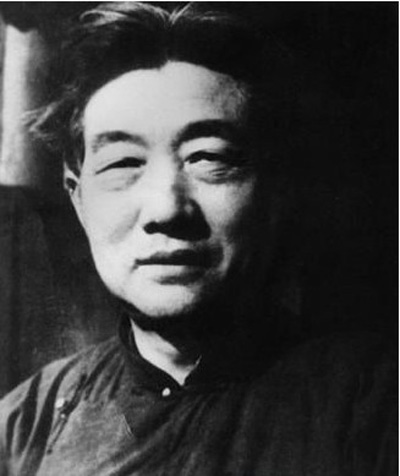An exhibition in Shanghai is looking to showcase China's bond with other countries, through an exhibition dedicated to Chinese modern art pioneer Xu Beihong.
The exhibit opens this Sunday at Shanghai's China Art Museum, where visitors will also be able to see works by four French academic masters who influenced Xu's work. The special exhibit marks the 50th anniversary of Sino-French diplomatic relations.
 |
|
Portrait of Xu Beihong. [File photo]
|
It took 10 workers to unpack a single case, with constant testing of the environment. First out of the box was "Yu Gong Moves the Mountain." Xu Beihong painted it in 1940. It shows the endurance and perseverance of Chinese workers building the Burma Road in 1937 and 38 during the war against Japanese aggression. Xu was considered one of the first to create monumental oil paintings with such epic Chinese themes, showing his proficiency in an essentially western art technique.
"For the first time, my grandpa portrayed human bodies in 'Yu Gong Moves the Mountain,'" Xu Beihong's grandson Xu Ji said. "He showed stretching positions of naked laboring people, along with the beauty of muscular movements."
 |
|
Yu Gong Moves the Mountain by Xu Beihong. [File photo]
|
In 1919, Xu Beihong began studying painting and drawing at the National School of Fine Arts in Paris. He also traveled around western Europe, observing and learning western art techniques.
"Xu Beihong was more than just imitating western academic masters," curator Philippe Cinquini said. "He absorbed the essence, and combined Chinese brush and ink techniques with western perspective and methods of composition. We say that he played a pivotal role in transforming modern Chinese art."
A total of 123 works will be on display. In addition to paintings, there are letters, photos, books and teaching aids that review Xu's experience of studying and exploring art in France.
The show will run through next April, and admission is 20 yuan.
Recommend:
